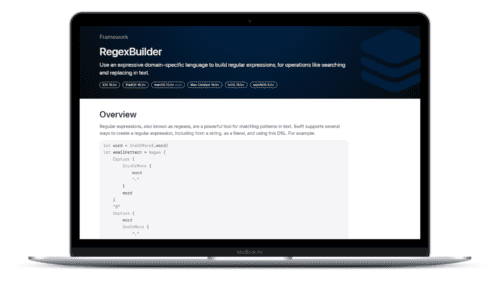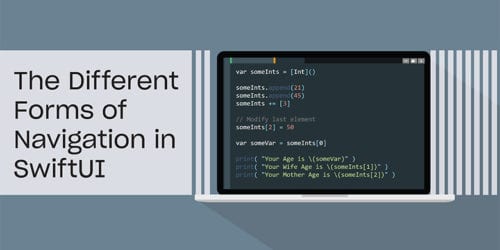
Swift Regex Deep Dive
iOS MacOur introductory guide to Swift Regex. Learn regular expressions in Swift including RegexBuilder examples and strongly-typed captures.
In 2013, Apple shipped a revamped testing framework in Xcode called XCTest, and this year, they’ve shipped a few features with Xcode 6 that were missing from last year’s update. In this video, Sean McCune gives a quick demo of those features.
Follow along with our iOS 8 demo repo and get more detail in Sean’s previous blog post on asynchronous testing with Xcode 6.
Can’t get enough info about iOS 8 and Swift? Join us for our Beginning iOS with Swift and Advanced iOS bootcamps.

Our introductory guide to Swift Regex. Learn regular expressions in Swift including RegexBuilder examples and strongly-typed captures.

The Combine framework in Swift is a powerful declarative API for the asynchronous processing of values over time. It takes full advantage of Swift...

SwiftUI has changed a great many things about how developers create applications for iOS, and not just in the way we lay out our...